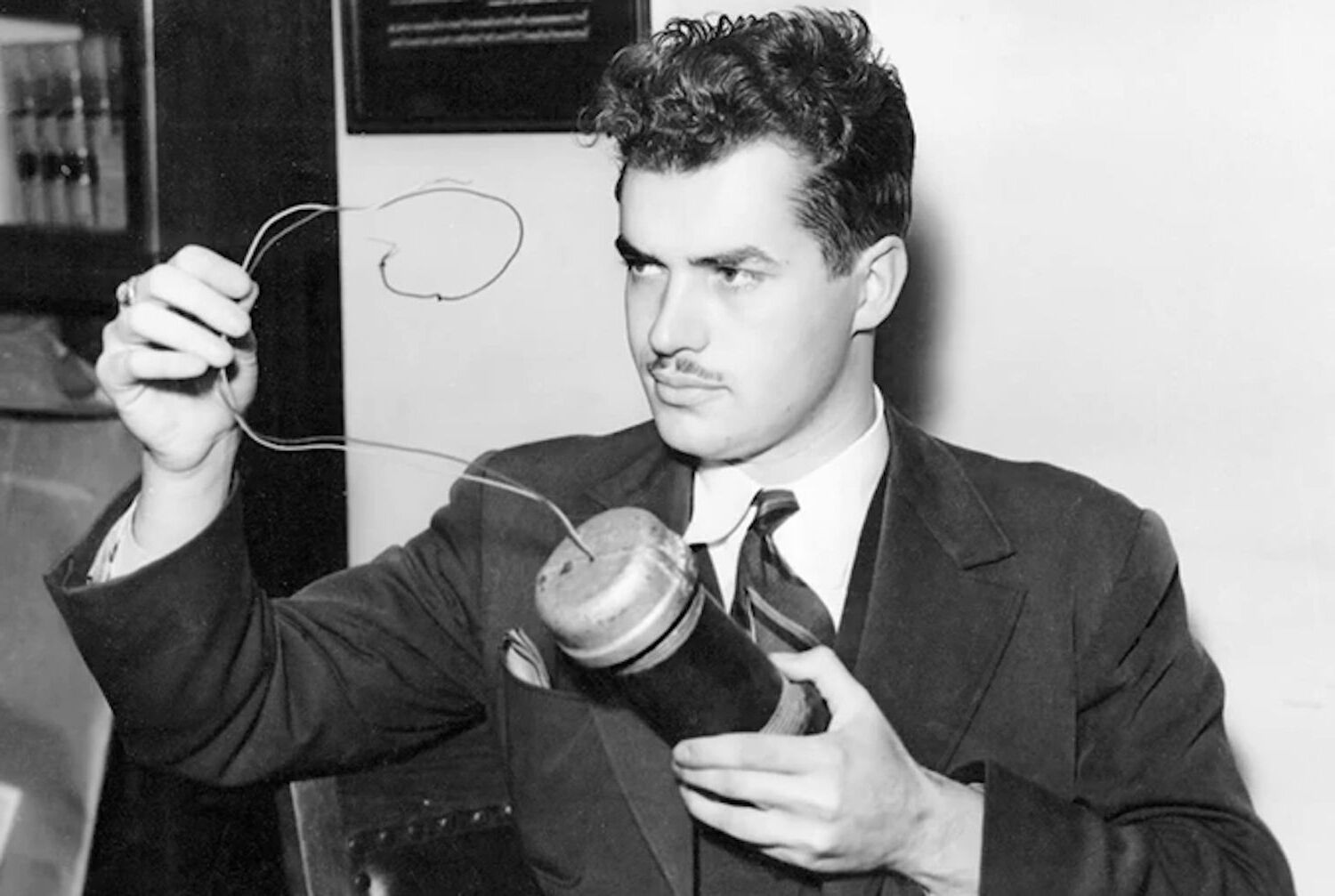
Who was Sally Hemings? Born in 1773, Sally Hemings was an enslaved woman of mixed race owned by President Thomas Jefferson. She is best known for her long-term relationship with Jefferson, which began when she was a teenager. Hemings bore at least six of Jefferson's children, four of whom survived to adulthood. Her life sheds light on the complex and often painful history of slavery in America. Hemings' story is a testament to the resilience and strength of enslaved people, and it challenges us to confront the uncomfortable truths about our past. Understanding Sally Hemings helps us better grasp the intricacies of American history and the legacies of slavery.
Key Takeaways:
- Sally Hemings, a woman with a complex and impactful life, was the mother of six children fathered by Thomas Jefferson. Her legacy challenges us to confront the complexities of American history and the legacy of slavery.
- Sally Hemings' story has sparked debates and cultural impact, leading to broader discussions about race, slavery, and history. Her descendants continue to honor her legacy through family reunions and historical preservation efforts.
Sally Hemings: A Historical Figure
Sally Hemings is a name that resonates through American history. Her life intertwined with one of the nation's founding fathers, Thomas Jefferson. Here are some intriguing facts about her life and legacy.
-
Sally Hemings was born in 1773 in Charles City County, Virginia.
-
She was the daughter of Elizabeth Hemings, an enslaved woman, and John Wayles, a white planter.
-
Sally Hemings was the half-sister of Martha Jefferson, Thomas Jefferson's wife.
-
At the age of 14, she accompanied Jefferson's daughter to Paris, where Jefferson was serving as the U.S. Minister to France.
-
In France, Hemings had the legal right to freedom but chose to return to Virginia with Jefferson under certain conditions.
Life at Monticello
Sally Hemings spent much of her life at Monticello, Jefferson's plantation. Her role and experiences there were complex and multifaceted.
-
Hemings worked as a domestic servant and seamstress at Monticello.
-
She had six children, all of whom were fathered by Thomas Jefferson.
-
Jefferson promised Hemings that her children would be freed when they came of age.
-
Four of Hemings' children survived to adulthood: Beverly, Harriet, Madison, and Eston.
-
Jefferson freed all of Hemings' surviving children, fulfilling his promise.
Relationship with Thomas Jefferson
The relationship between Sally Hemings and Thomas Jefferson has been a subject of much debate and research. Here are some key points.
-
Hemings and Jefferson's relationship began in Paris when she was a teenager.
-
DNA evidence has confirmed that Jefferson fathered Hemings' children.
-
Their relationship lasted for nearly four decades, until Jefferson's death in 1826.
-
Hemings never lived as a free woman during Jefferson's lifetime.
-
After Jefferson's death, Hemings was unofficially freed by Jefferson's daughter, Martha Jefferson Randolph.
Legacy and Recognition
Sally Hemings' legacy has evolved over time, with increasing recognition of her role in American history.
-
Hemings' story was largely ignored or downplayed for many years.
-
In the late 20th century, historians began to re-examine her life and relationship with Jefferson.
-
The Monticello estate now includes exhibits and tours that acknowledge Hemings' life and contributions.
-
Hemings' descendants have played a significant role in preserving and sharing her story.
-
In 2018, Monticello opened the "Life of Sally Hemings" exhibit, dedicated to her history.
Cultural Impact
Sally Hemings' story has had a profound impact on American culture and discussions about race, slavery, and history.
-
Hemings has been the subject of numerous books, articles, and documentaries.
-
Her story has sparked debates about the nature of her relationship with Jefferson and the power dynamics involved.
-
Hemings' life has been depicted in various forms of media, including films and television shows.
-
Her story has contributed to broader discussions about the legacy of slavery in the United States.
-
Hemings' descendants have become prominent voices in discussions about race and history.
Personal Life and Family
Beyond her relationship with Jefferson, Sally Hemings had a personal life and family that shaped her experiences.
-
Hemings' mother, Elizabeth, was a skilled midwife and herbalist.
-
Hemings had several siblings, including James Hemings, who became a chef for Jefferson.
-
Her children were educated and skilled, with some passing as white in later life.
-
Hemings' son Madison Hemings provided a detailed account of his mother's life in an 1873 newspaper interview.
-
Hemings' descendants have continued to honor her legacy through family reunions and historical preservation efforts.
Final Years
Sally Hemings' final years were spent in relative obscurity, but her legacy endures.
-
After Jefferson's death, Hemings lived with her sons in Charlottesville, Virginia.
-
She was listed as a "free white person" in the 1830 census, reflecting the complex racial dynamics of the time.
-
Hemings died in 1835, but her exact burial site remains unknown.
-
Her life story has become a symbol of the complexities of American history and the legacy of slavery.
-
Hemings' legacy continues to inspire and educate future generations about the intertwined histories of race, power, and family in America.
Reflecting on Sally Hemings' Legacy
Sally Hemings' story is a powerful reminder of the complexities of American history. Her life intertwined with Thomas Jefferson's, shedding light on the realities of slavery and the personal lives of those enslaved. Hemings' legacy challenges us to confront uncomfortable truths and recognize the resilience and humanity of those who lived through such times. Her descendants and historians continue to uncover details, ensuring her story remains a vital part of our collective memory. By understanding Hemings' experiences, we gain a deeper appreciation for the struggles and contributions of countless others like her. Her story isn't just about the past; it informs our present and future, urging us to strive for a more just and equitable society. Sally Hemings' legacy endures, reminding us of the importance of truth, justice, and the ongoing fight for equality.
Frequently Asked Questions
Was this page helpful?
Our commitment to delivering trustworthy and engaging content is at the heart of what we do. Each fact on our site is contributed by real users like you, bringing a wealth of diverse insights and information. To ensure the highest standards of accuracy and reliability, our dedicated editors meticulously review each submission. This process guarantees that the facts we share are not only fascinating but also credible. Trust in our commitment to quality and authenticity as you explore and learn with us.


